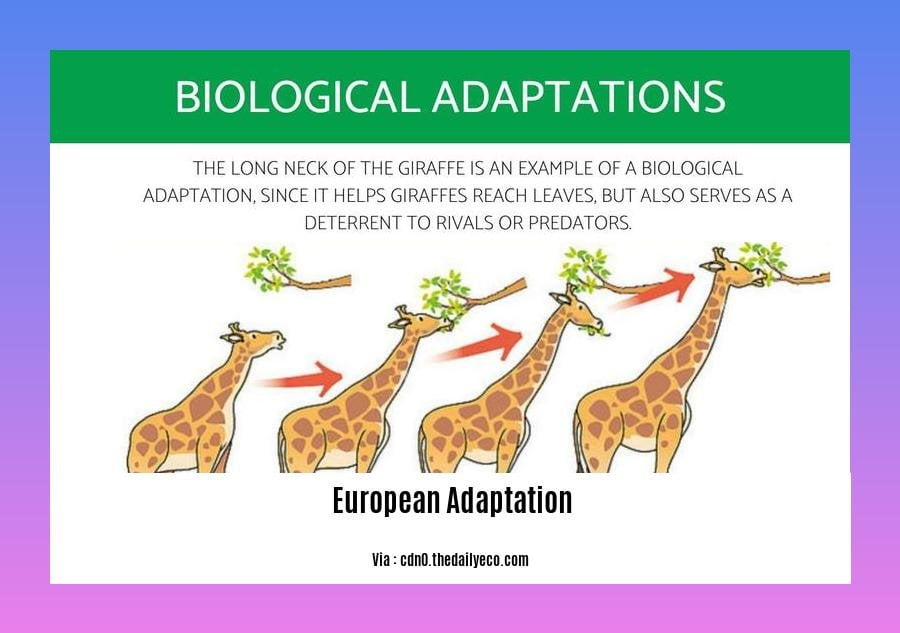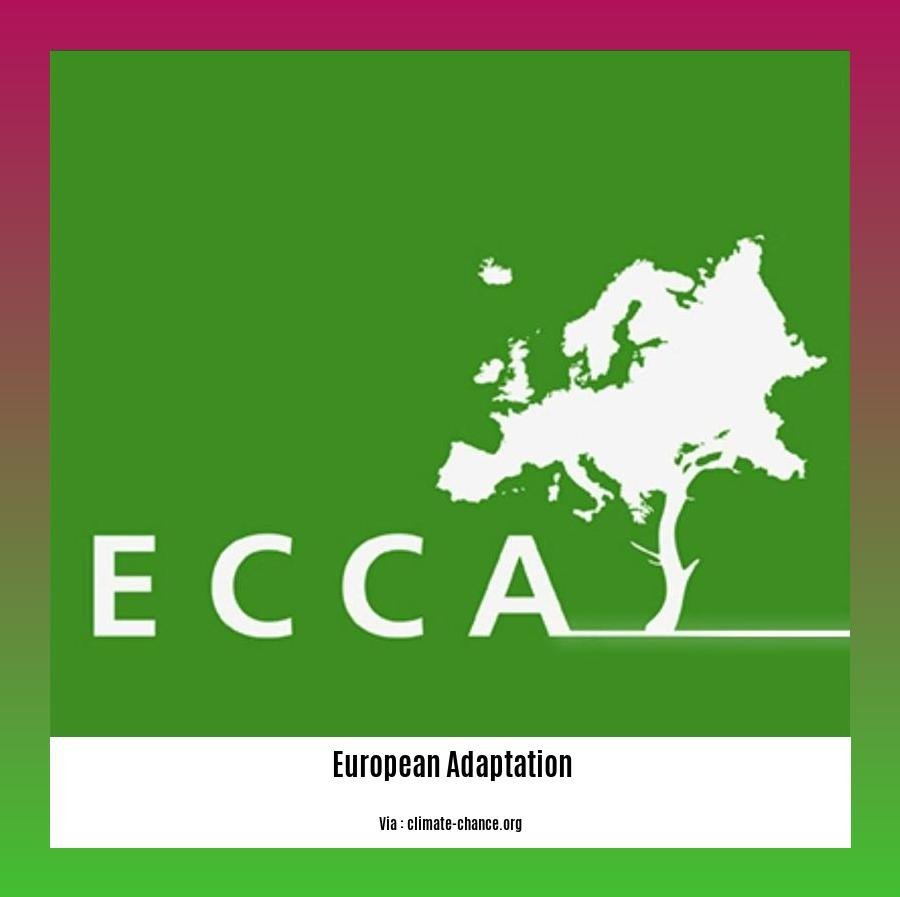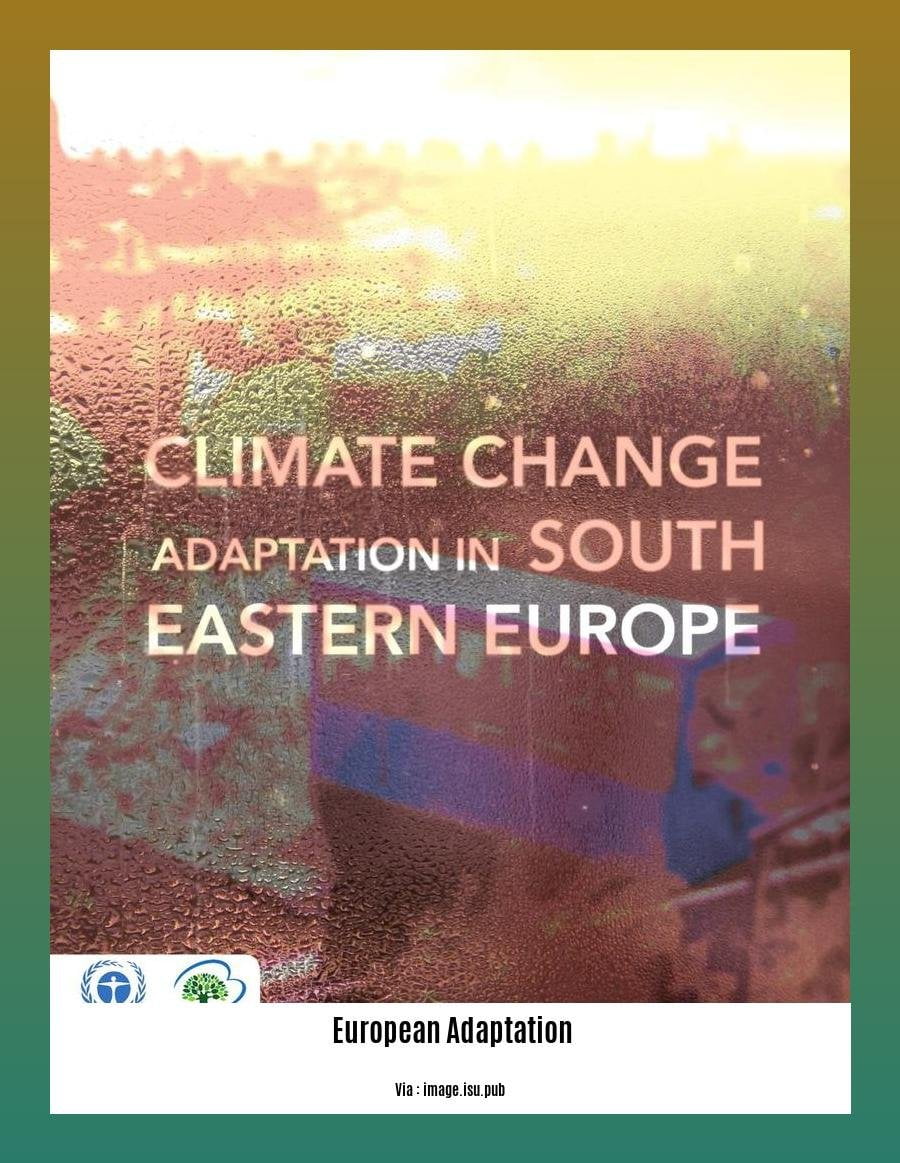Delve into the fascinating realm of [Understanding European Adaptation: A Journey of Cultural Exchange], where ideas, traditions, and perspectives traverse borders to create a rich tapestry of cultural evolution. This exploration unveils the intricate interplay of interconnected societies, showcasing how adaptation has shaped the European landscape throughout history. As we embark on this literary journey, we’ll navigate the nuances of European adaptation, examining its impact on cultural identity, societal norms, and the ever-evolving face of Europe.
Key Takeaways:
- The EU Adaptation Strategy (2021) aims to enhance Europe’s preparation for climate change impacts.
- The strategy focuses on improving knowledge, management, and resilience to climate change.
- Potential benefits of the strategy include reduced climate-related risks, increased climate protection, and safeguarded availability of fresh water.
European Adaptation: A Cultural Exchange

Navigating the Cultural Landscape of European Adaptation
Embarking on a journey through European adaptation requires a keen eye for cultural nuances. The tapestry of European history, traditions, and values has woven a complex fabric that shapes the region’s response to change.
The EU Adaptation Strategy: A Framework for Collaboration
Recognizing the urgency of climate adaptation, the European Union has adopted a comprehensive strategy. This roadmap guides member states and stakeholders in enhancing resilience, safeguarding resources, and protecting against climate hazards.
Benefits of European adaptation:
- Reduced risks from climate-related events
- Enhanced climate preparedness
- Secured fresh water availability
Challenges and Opportunities
European adaptation presents a unique set of challenges and opportunities.
Challenges:
- Diverse cultural perspectives and approaches to adaptation
- Varying levels of adaptation readiness across regions
- Funding and resource allocation
Opportunities:
- Knowledge sharing and best practice exchange
- Collaboration to scale up adaptation measures
- Innovation and technological solutions
How Culture Influences Adaptation
Culture profoundly influences how societies perceive and respond to climate change. Beliefs, values, and norms shape decision-making and determine adaptation strategies. Understanding these cultural factors is essential for effective implementation.
Examples of European adaptation:
- Coastal protection and flood management in the Netherlands
- Water conservation and drought preparedness in Spain
- Heatwave action plans in France
Conclusion
European adaptation is a dynamic and ongoing process that requires a concerted effort from all stakeholders. By understanding the cultural landscape, embracing collaboration, and leveraging the opportunities, we can forge a resilient Europe that thrives in a changing climate.
The captivating history of fireworks, originating in ancient China, has evolved into the modern pyrotechnics we enjoy today. Discover the enthralling journey of fireworks history of fireworks, from their humble beginnings to their spectacular present.
Intrigued by the origins of fireworks? Dive into the captivating story of ancient China origins, where the first sparks of pyrotechnics ignited.
Witness the cutting-edge advancements in pyrotechnics with modern pyrotechnics. Explore the innovative techniques and dazzling displays that illuminate our night skies.
Economic Factors and Adaptation Strategies

An understanding of economic factors is crucial for devising effective adaptation strategies. Let’s break down the key aspects:
Defining Economic Factors
- Impact Assessment: Estimating the economic implications of climate change, including infrastructure damage, business disruptions, and health impacts.
- Cost of Adaptation: Determining the financial resources required to implement adaptation measures, such as seawalls or early warning systems.
- Investment Opportunities: Identifying sectors and industries that can benefit from adaptation measures, creating economic growth and job opportunities.
Adaptation Strategies
- Infrastructure Investments: Upgrading and climate-proofing infrastructure, such as roads, bridges, and energy systems, to withstand climate-related events.
- Natural Resource Management: Protecting forests, wetlands, and coastal ecosystems to enhance ecosystem services like carbon sequestration and flood protection.
- Economic Incentives: Using financial mechanisms to encourage businesses and communities to adopt adaptation measures, such as green building codes or tax breaks for sustainable practices.
- Knowledge Sharing and Capacity Building: Educating and supporting stakeholders on the importance and implementation of adaptation measures.
Challenges and Opportunities
- Financing Constraints: Securing sufficient funding for adaptation measures is often a challenge.
- Policy Coherence: Ensuring alignment between climate adaptation and economic development policies is essential.
- Innovation and Technological Advancements: Embracing innovative solutions and technologies can enhance adaptation effectiveness and reduce costs.
Key Takeaways:
- Economic factors are central to understanding the risks and opportunities of climate adaptation in Europe.
- A comprehensive adaptation strategy should consider the economic implications and provide incentives for private sector involvement.
- Balancing adaptation with economic growth requires a holistic approach that fosters innovation and resilience.
Relevant URL Sources:
- EU Adaptation Strategy – European Commission
- An economic approach to adaptation: illustrations from Europe
Policy Frameworks and Regulations
In our quest to navigate the complex landscape of European adaptation, Policy Frameworks and Regulations serve as essential guiding lights. These frameworks lay the foundation for collective action, ensuring that adaptation efforts align with overarching climate resilience goals.
Steps towards Effective Adaptation
Knowledge and understanding: Building a solid foundation of knowledge about climate change impacts and adaptation strategies.
Comprehensive strategies: Promoting comprehensive adaptation strategies at the national level.
Funding and investment: Scaling up adaptation funding and investment to support implementation.
Prioritizing vulnerable sectors: Focusing adaptation efforts on key sectors particularly vulnerable to climate change.
Key Takeaways:
- Policy Frameworks and Regulations provide a roadmap for coordinated adaptation action.
- Collaboration between EU member states, stakeholders, and experts is crucial for effective adaptation.
- Systematic approaches that address all sectors of society and the economy are essential for resilience.
Relevant URL Sources:
- EU Adaptation Strategy – European Commission
- An economic approach to adaptation: illustrations from Europe
Emerging Trends and Future Perspectives in European Adaptation
The European Union has taken a proactive stance in adapting to the inevitable impacts of climate change. The EU Adaptation Strategy 2021 and Climate-ADAPT Platform serve as key frameworks for collaboration and knowledge exchange. As we navigate the unfolding challenges of climate change, emerging trends and future perspectives shape the trajectory of adaptation in Europe.
Focus on Individual Lives and Well-Being:
Adaptation strategies are shifting towards addressing the direct impact of climate change on individuals and their well-being. Cities take center stage in this regard, investing in climate-resilient infrastructure and green spaces to mitigate the effects of heatwaves and air pollution.
Transition to Large-Scale Adaptation:
The shift from small-scale pilot projects to comprehensive, large-scale adaptation measures is underway. Cross-sectoral collaboration and integrated planning ensure that adaptation becomes an intrinsic part of urban development and infrastructure projects.
Nature-Based Solutions Gain Traction:
Recognizing the crucial role of nature in climate resilience, nature-based solutions are gaining prominence. These strategies involve utilizing natural ecosystems, such as wetlands and forests, to provide adaptation benefits like flood protection and carbon sequestration.
Adaptation Influences Development Models:
Climate change adaptation is no longer an isolated concern. It’s increasingly influencing development models, with cities and regions adopting sustainable practices and rethinking urban design to enhance resilience.
Key Takeaways:
- Individual-centric approach: Adaptation strategies prioritize the well-being of citizens.
- Large-scale implementation: Adaptation measures are transitioning from pilot projects to comprehensive plans.
- Nature-based solutions rise: Ecosystems play a vital role in climate resilience.
- Adaptation shapes development: Climate change considerations influence urban design and development models.
Relevant URL Sources:
- EU Adaptation Strategy – European Commission
- 5 Emerging Trends in Climate Resilience – World Resources Institute
FAQ
Q1: What are the key objectives of the EU Adaptation Strategy?
Q2: How does the EU Adaptation Strategy address climate change impacts across different sectors?
Q3: What are some emerging trends in addressing climate resilience in Europe?
Q4: What role do cities play in implementing effective adaptation strategies?
Q5: How can nature-based solutions contribute to climate change adaptation in Europe?
- Star Ring Trends: Etsy vs Amazon - March 28, 2025
- Boost Pollinator Habitats: Baby Blue Eyes Sustainable Farming Guide - March 28, 2025
- Protect Big Black Bears: Effective Conservation Strategies - March 28, 2025
















